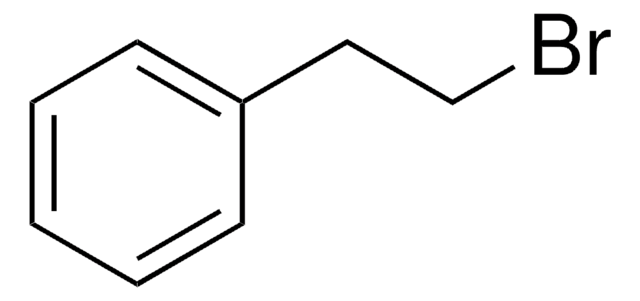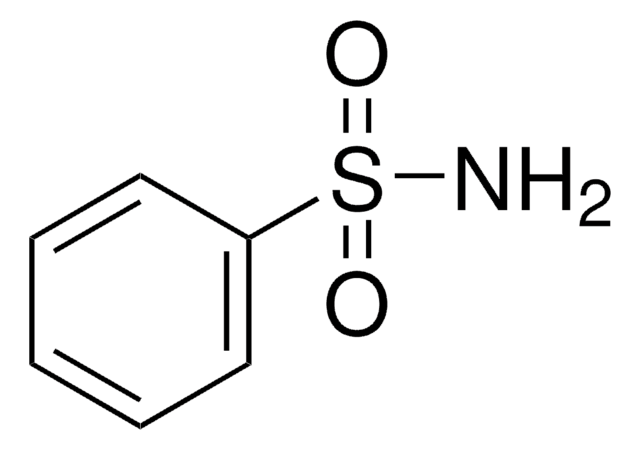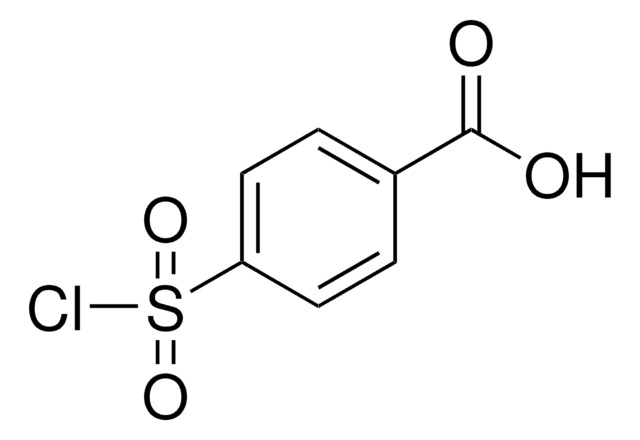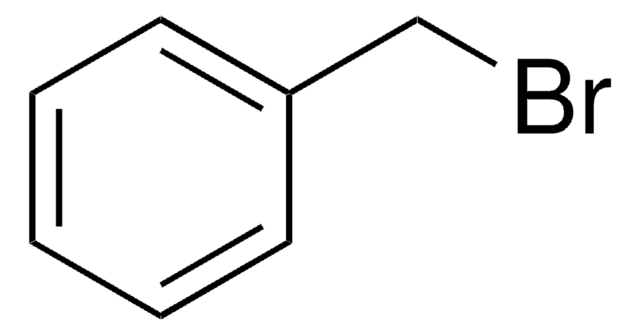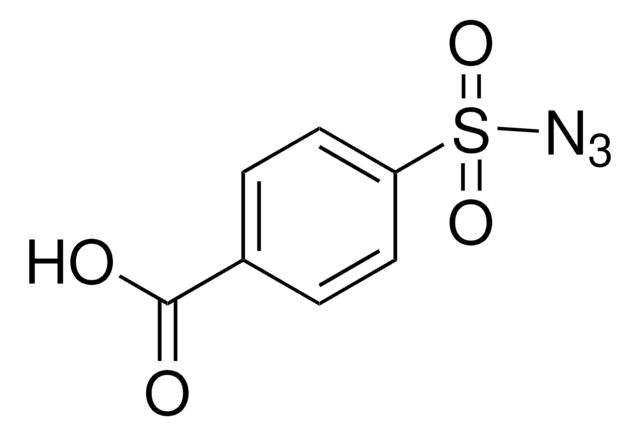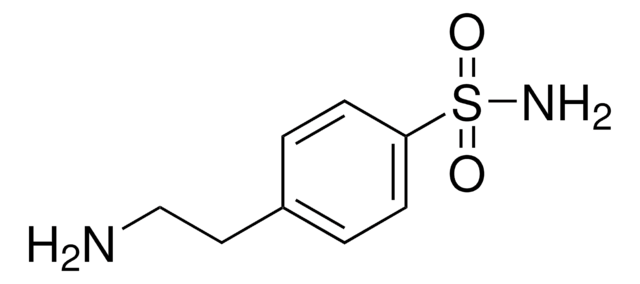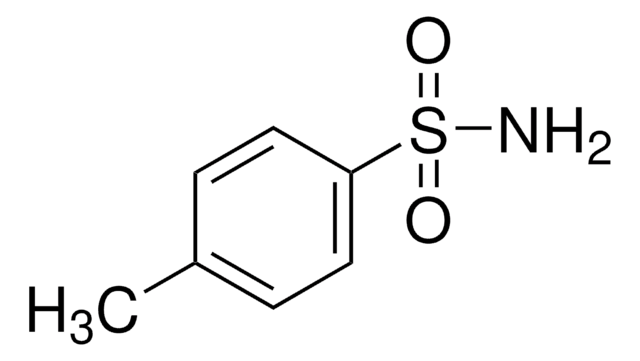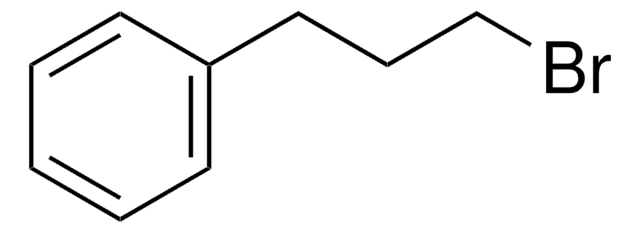C11804
4-Sulfamoylbenzoic acid
97%
Synonym(s):
4-Carboxybenzenesulfonamide, Benzoic acid 4-sulfamide
About This Item
Recommended Products
Assay
97%
form
powder
reaction suitability
reagent type: cross-linking reagent
mp
285-295 °C (lit.)
functional group
carboxylic acid
sulfonamide
SMILES string
O=S(C(C=C1)=CC=C1C(O)=O)(N)=O
InChI
1S/C7H7NO4S/c8-13(11,12)6-3-1-5(2-4-6)7(9)10/h1-4H,(H,9,10)(H2,8,11,12)
InChI key
UCAGLBKTLXCODC-UHFFFAOYSA-N
Gene Information
human ... CA1(759) , CA2(760) , CA5A(763) , CA5B(11238) , CA9(768)
Looking for similar products? Visit Product Comparison Guide
General description
Application
Storage Class Code
11 - Combustible Solids
WGK
WGK 3
Flash Point(F)
Not applicable
Flash Point(C)
Not applicable
Personal Protective Equipment
Choose from one of the most recent versions:
Already Own This Product?
Find documentation for the products that you have recently purchased in the Document Library.
Customers Also Viewed
Our team of scientists has experience in all areas of research including Life Science, Material Science, Chemical Synthesis, Chromatography, Analytical and many others.
Contact Technical Service